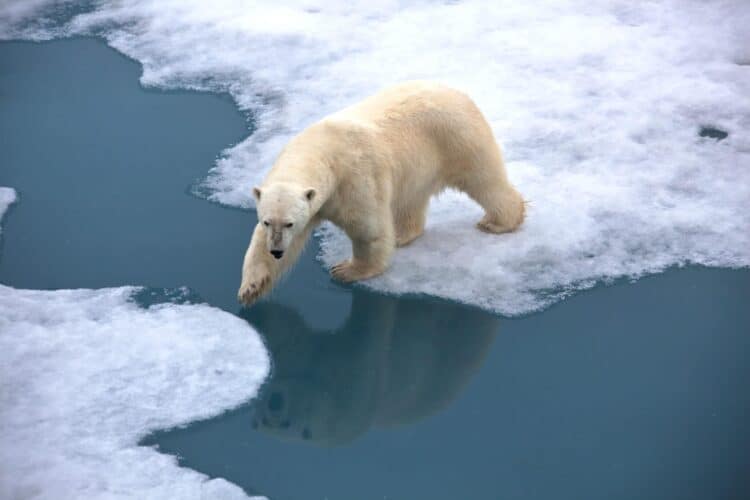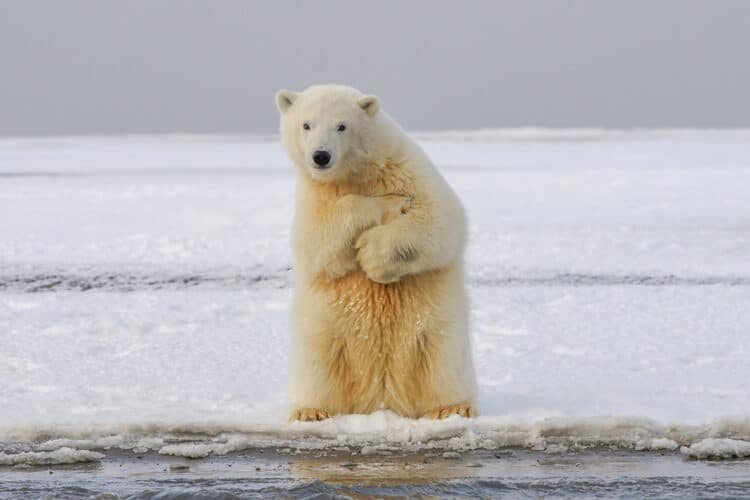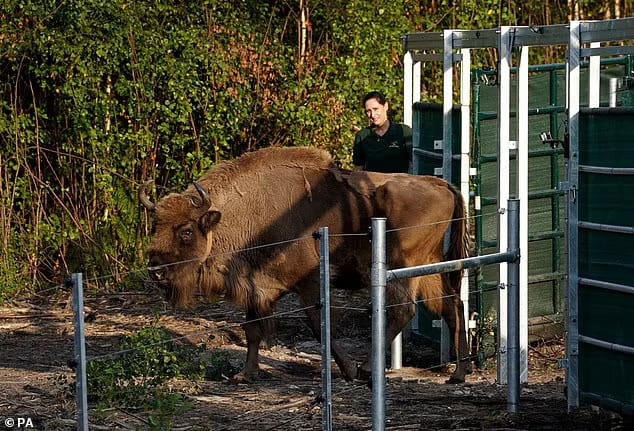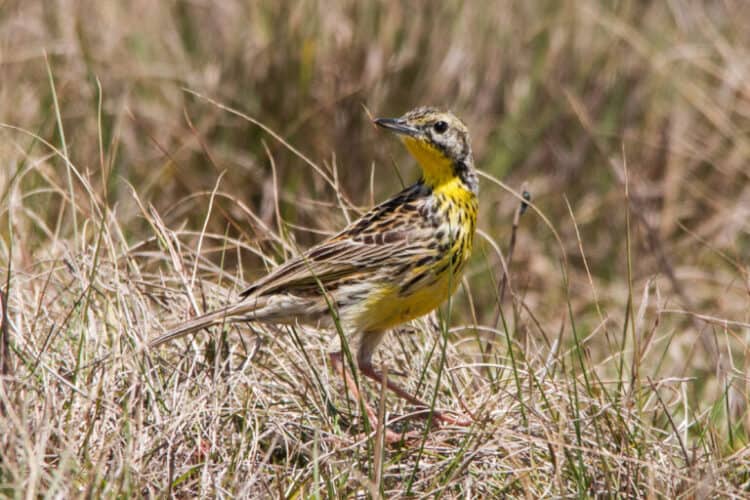When Kristin Laidre began working on a long-term project to study polar bears in eastern Greenland, she didn’t expect to find a new subpopulation of the species — and she certainly didn’t expect to find the most genetically isolated polar bears on the planet.
There are 19 recognized subpopulations of polar bears (Ursus maritimus) living throughout the Arctic, including the subpopulation found living on the eastern coast of Greenland. But on the southeastern edge of the island, Laidre and her colleagues found a group of several hundred polar bears that were both behaviorally and genetically unique. While most polar bears depend on sea ice to hunt seals, the southeast Greenland polar bears had found ways to hunt using pieces of ice that had broken off from glaciers.
“We were not expecting to identify a unique group like we found in the southeast,” Laidre, a polar bear expert at the University of Washington and Greenland Institute of Natural Resources, told Mongabay in an email.
A new report published in Science by Laidre and her colleagues suggests that the glacial ice, known as “marine-terminating glaciers,” could serve as “previously unrecognized climate refugia,” showing how polar bears might be able to survive in a warming world.
In the southeast part of Greenland, sea ice is relatively scarce, materializing for less than 100 days per year. Comparatively, a polar bear’s seasonal fasting period usually lasts between 100 and 180 days, the study says. In lieu of sea ice, these polar bears were using glacial ice as habitat and hunting platforms.
Lead Image: Polar bears in Manitoba, Canada. Image by Brocken Inaglory / Wikimedia Commons.
What you can do
Support ‘Fighting for Wildlife’ by donating as little as $1 – It only takes a minute. Thank you.
Fighting for Wildlife supports approved wildlife conservation organizations, which spend at least 80 percent of the money they raise on actual fieldwork, rather than administration and fundraising. When making a donation you can designate for which type of initiative it should be used – wildlife, oceans, forests or climate.







Leave a Reply